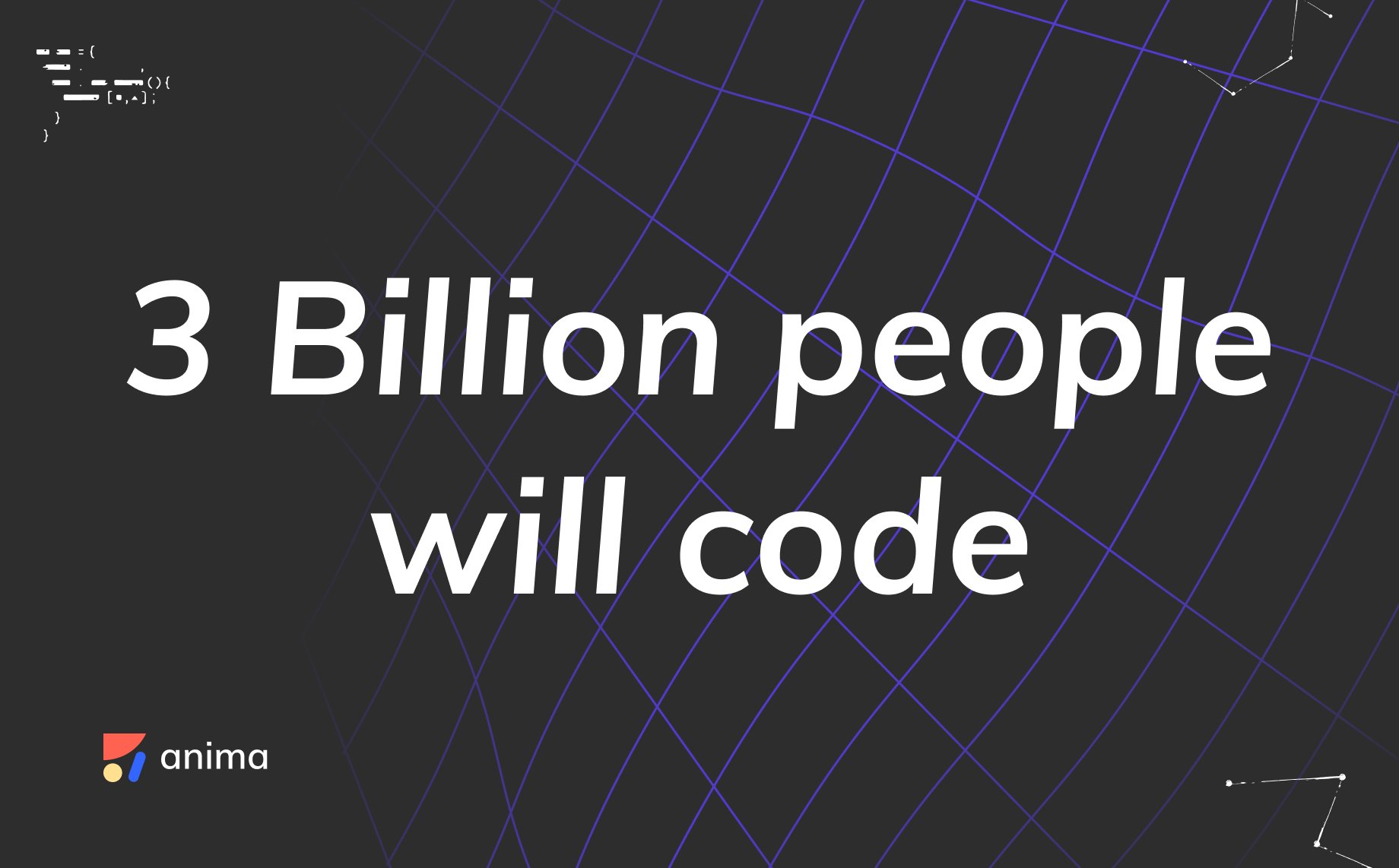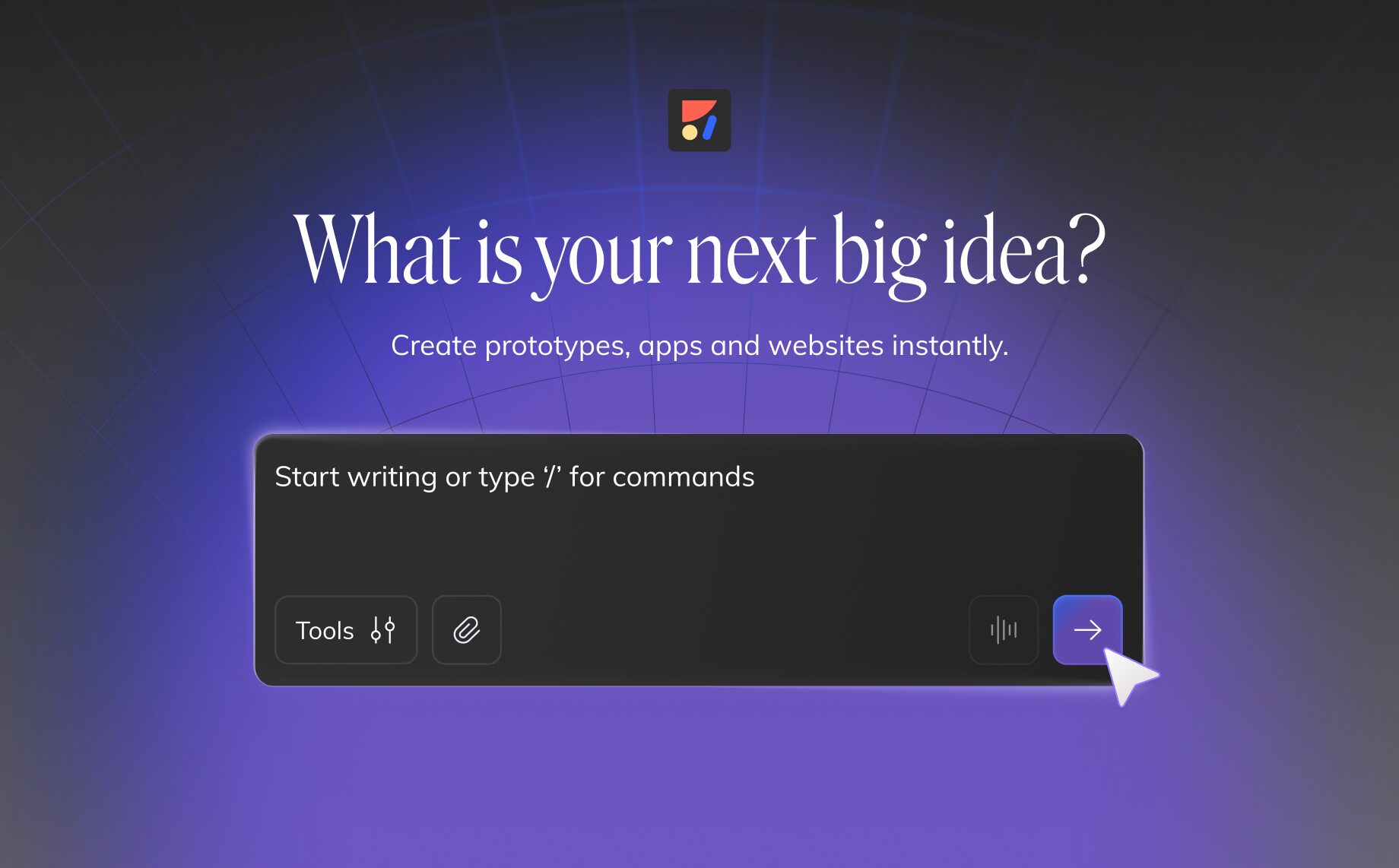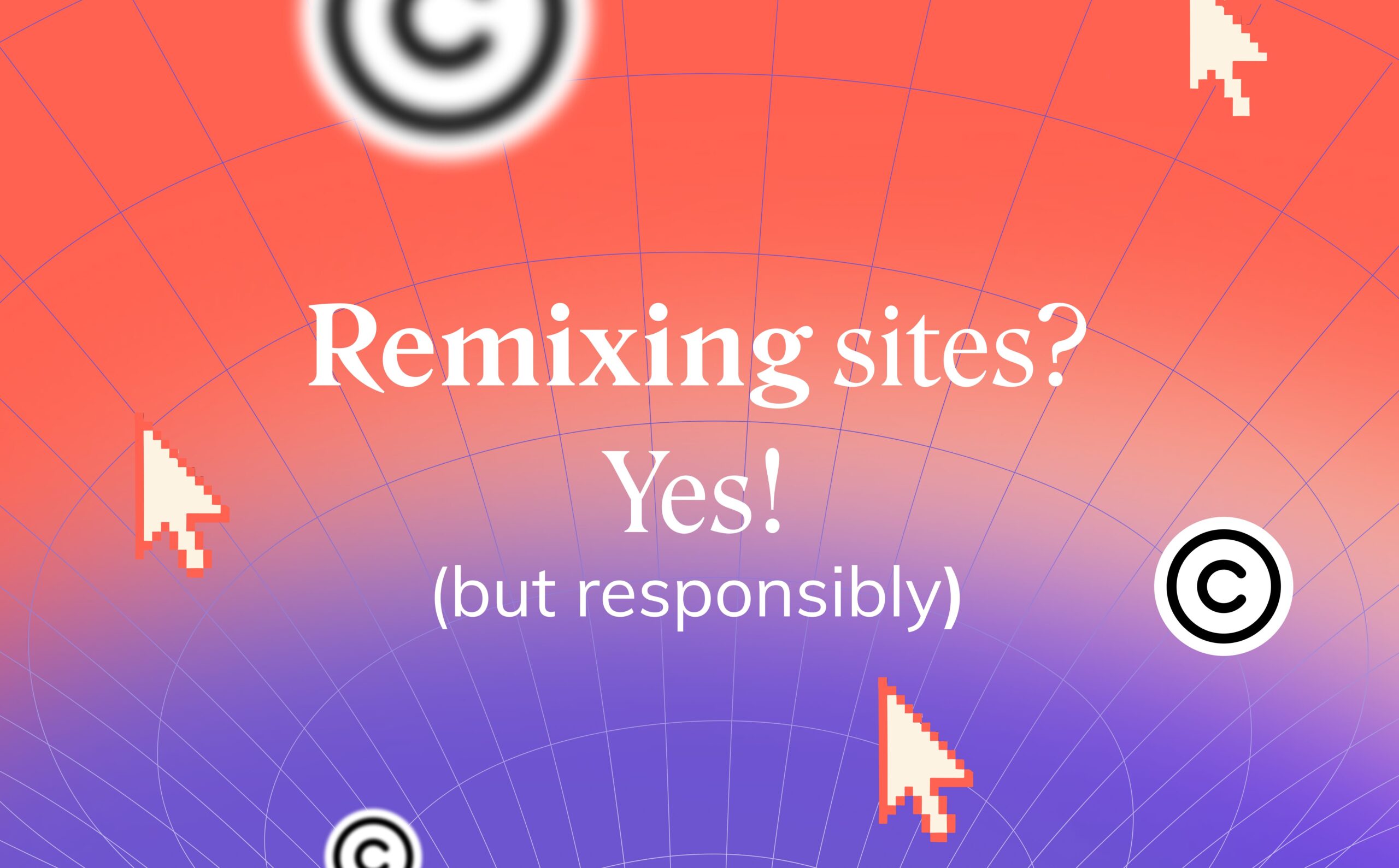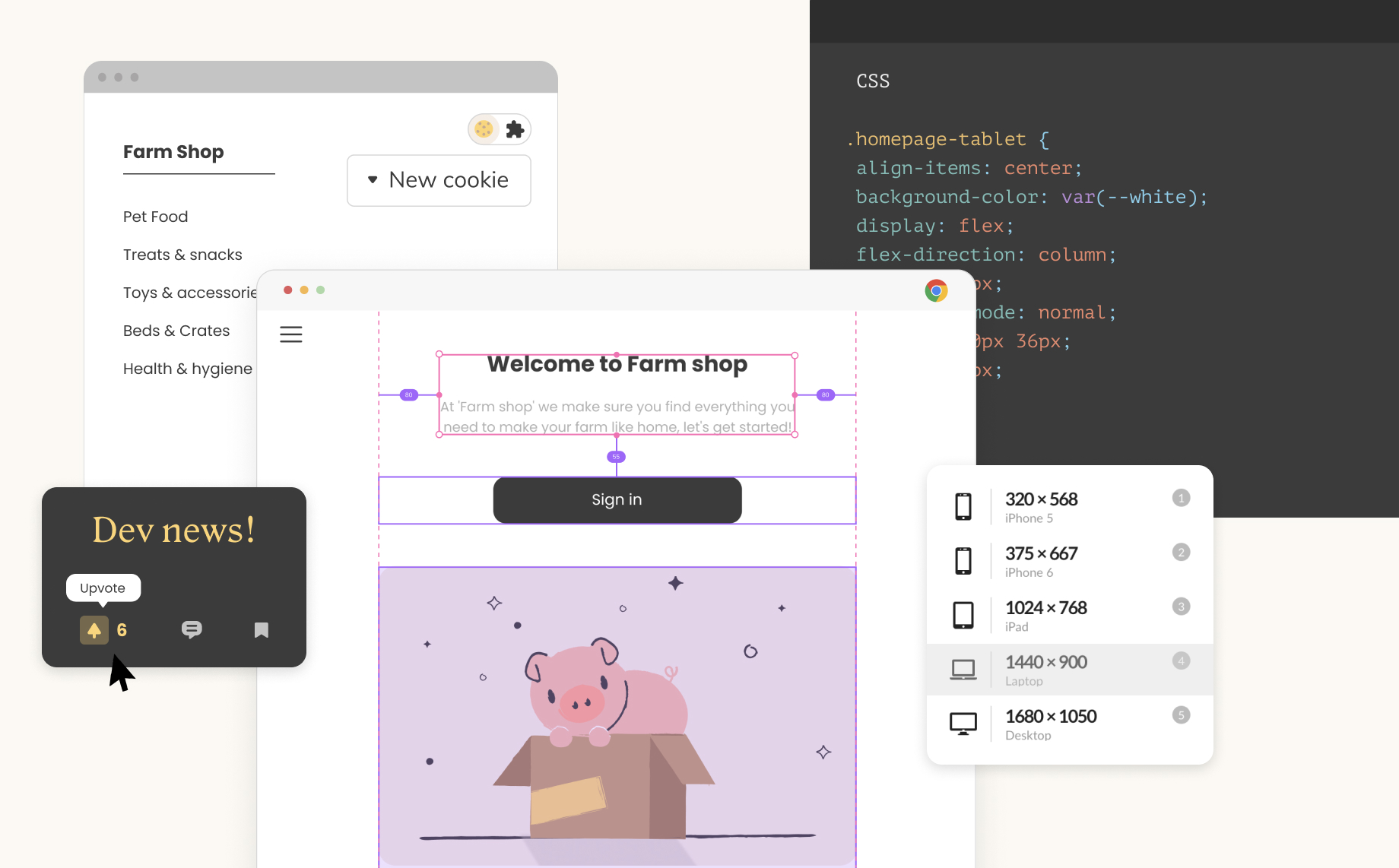The economic impact of Vibe Coding3 min read
Reading Time: 3 minutesNot if, not when, not half-baked—it’s already here. The world of software is changing because 3 billion more people can now code, while professional engineers can code 100× faster. I know because I do. My 8-year-old boy builds apps. My mom will soon code as well for her business.
Market size
In my view, 3 billion people can now code, and more discover it every day. Why 3B? It’s the number of people creating spreadsheets, Excel, and Google Sheets. Creating apps is as easy as a spreadsheet today.
Brief history
We went from copilots to Cursor / Windsurf (AI-Native IDEs) and Qodo / Tabnine (Agents), then crossed the lines to non-engineers with bolt.new, Replit, Lovable, and Vercel’s v0. Prompt, get code, see it running, share. And it’s exploding.
Tipping point
This phase was unlocked thanks to Anthropic Claude Sonnet 3.5’s code quality, now followed by Google’s Gemini and OpenAI. LLMs now produce code that works out of the box 80–90% of the time.
The next jump: Tools
APIs as tools, MCP, A2A—all allow agents to get more context, take actions, and leverage existing infrastructure. Need a DB? No problem—an agent will configure Supabase in a minute. Need to pull a Figma design? Anima brings it in as pixel-perfect code. LLM doesn’t know the answer? The internet is wide open with updated answers. Need to deploy code? Netlify is ready for you. The cloud infra is mature, and agents can leverage it as they build for us.
The following jump: Multiple layers
A single shot will generate increasingly complex solutions from a single instruction or a spec, after making sure it knows what you’re asking.
How this space matures
Vertical specialties will come next. Vibe coding platforms are generalist today. Everyone still handles the basic flows like GitHub integration and security. The next phase is domain-specific tools:
- Internal tools: Retool and Superblocks
- Marketing sites: Wix, Webflow, Contentful
- Gaming: Unity, Unreal Engine, Sony, Nintendo
- VR: Meta
- Agents: OpenAI, Anthropic, Mistral AI
- Product & Design: Anima
- Other verticals: Finance, Mobile, Web3, and more
Is it a passing trend?
No. Just like you can’t undo calculators or spreadsheets. Vibe code is here to stay, and it’s just the tip of the iceberg.
Who are the winners?
The whole chain of supply will benefit:
- LLM providers
- Cloud infrastructure
- Application layer
- Service providers—agencies & consultancies like IBM, Deloitte, PwC, Accenture
Startups will get to market in weeks and with no funding, raising only for distribution. Early adopters will have an unfair advantage across the field.
The losers
Slow movers will be outpaced by AI-first teams. High-margin SaaS without a strong moat will be copied by smaller, faster teams that eat their market.
What makes a good moat in the new world?
- Proprietary data
- Distribution and network effects
- Trust and brand
- Logic/algos that LLMs can’t replicate easily
- Deeply embedded systems with high switching costs
The economic impact
It’s the end of the (software) world as we know it. When 3 billion new builders each add even a sliver of value—say $10/week in net-new productivity—we’re already looking at $1.5 trillion a year. And that’s just the entry fee.
Faster iteration loops (100× for pros, infinite for people who never had access to code before) will bend GDP curves. Entire categories of “nice-to-have” software will explode into “must-have” micro-solutions as development cost and time approach zero:
- Hyper-personalized apps for a corner bakery
- Disposable software built just to answer a chat question
- On-demand tooling for everyone that wasn’t worth the dev time yesterday
That democratized velocity doesn’t just redistribute opportunity—it expands the pie. The amount of software created today is just a tiny slice of tomorrow’s total.


 Figma
Figma Adobe XD
Adobe XD Blog
Blog


